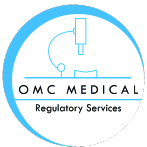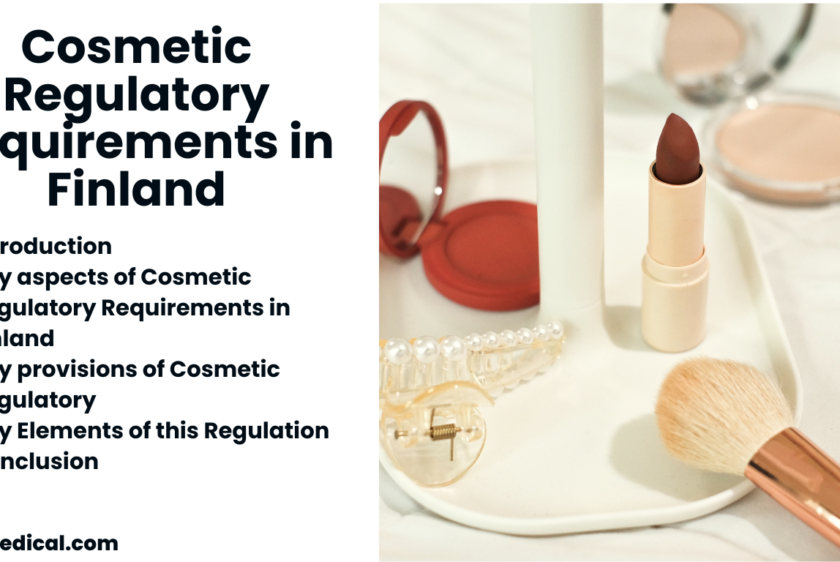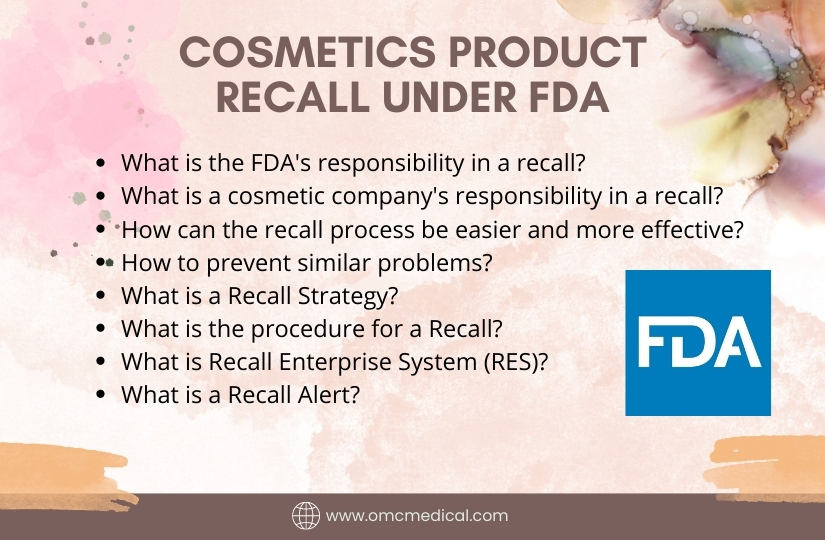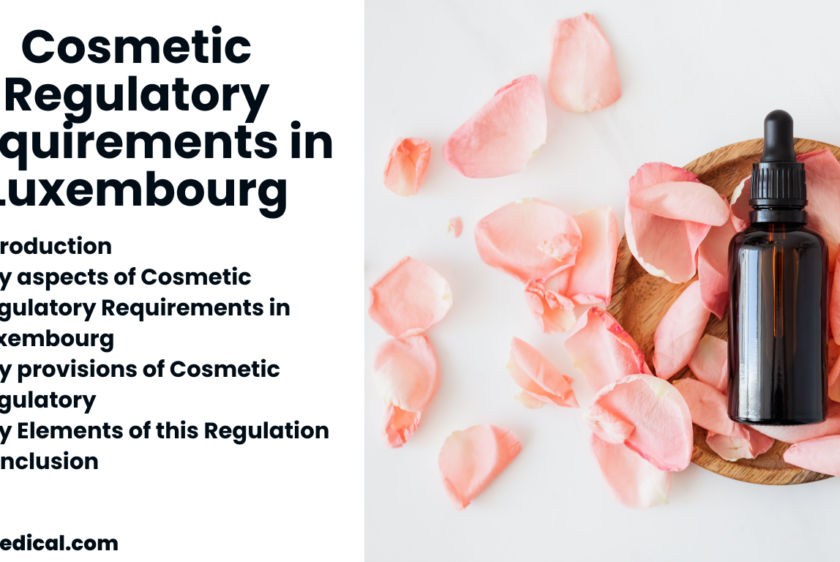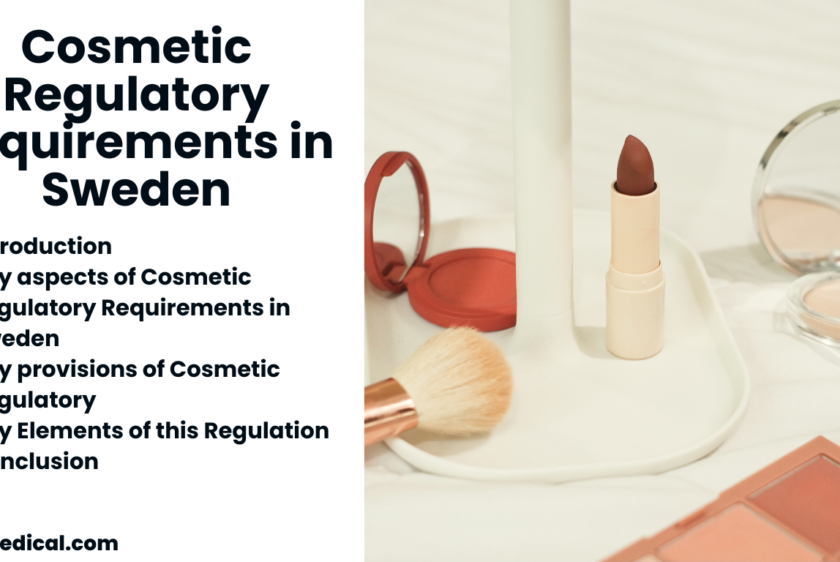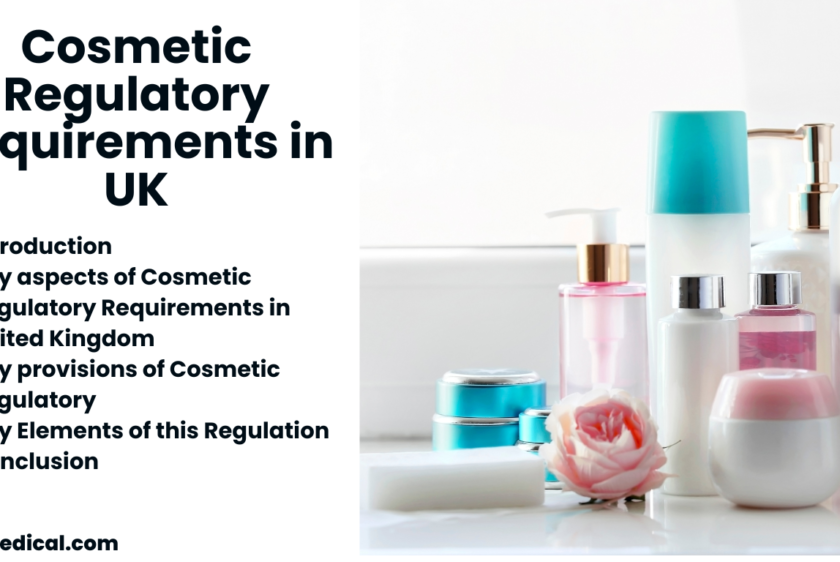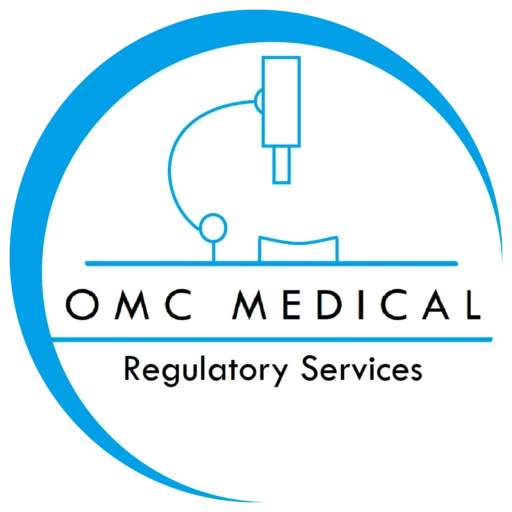Cosmetics
Cosmetic Regulatory Requirements in Finland complies with the EU regulation (Regulation (EC) No 1223/2009) without additional national requirements. Finnish Safety and Chemicals Agency (Tukes) In Finland, the regulatory authority responsible for overseeing cosmetic products is the Finnish Safety and Chemicals Agency (Tukes). Tukes ensures that cosmetic products placed on the Finnish market comply with the EU regulations and meet safety standards. Language Requirements According to Finnish regula...
Animal Testing for Cosmetics
The term “animal testing” refers to procedures carried out on living animals for research into basic biology and diseases, evaluating the efficacy of new pharmaceuticals, and testing the safety of consumer and industry products such as cosmetics, household cleaners, food additives, pharmaceuticals, and industrial/agrochemicals for human health and/or the environment. Since 1937, people have used animals to test cosmetics and pharmaceuticals. To determine a product’s safety, manufacturers w...
Cosmetics Product Recall under FDA
Title 21 of the Code of Federal Regulations (CFR), section 7.3(g), describes a recall as a firm’s removal or correction of a marketed product that FDA judges to be in violation of the laws we administer and against which the FDA would start legal action, such as seizure. FDA strongly advises businesses to familiarise themselves with all of the regulations, including the elements of a recall strategy, in 21 CFR Part 7. What is the FDA’s responsibility in a recall of Cosmetics Product? Th...
Understanding Borderline Cosmetics in the EU
by OMC Medical | Dec 13, 2023 | Cosmetics, EU Understanding the distinctions between product classes within the European cosmetics landscape can be complex and ambiguous, often requiring input from authoritative bodies. Certain products may share similarities but fall under different regulatory frameworks. When products straddle these frameworks, they’re termed “borderline” by the European Commission (EC). Clear comprehension of a product category is vita...
FDA’s Adverse Event Reporting for Cosmetics
Cosmetic ingredients and products are not required to have FDA clearance before being sold in the U.S. The only exception is colour additives, which need to be authorised for their intended purpose (apart from the colouring agents used in coal-tar hair dyes). Companies and individuals that sell cosmetics have a legal obligation to guarantee the security of their products. The FDA requires trustworthy evidence that shows that a cosmetic product is harmful when used as directed by its label or in...
Beauty Beyond Borders: A Comprehensive Guide to Cosmetic Regulations in Saudi Arabia
A Guide to Cosmetic Regulations in Saudi Arabia In recent years, the beauty and cosmetics industry has witnessed exponential growth worldwide, breaking down geographical barriers and creating a global marketplace. One country that has embraced this transformative trend is Saudi Arabia, where the beauty industry has flourished, reflecting the changing cultural landscape. However, with growth comes the need for regulations to ensure consumer safety and product quality. Legal Framework for Cosmetic...
UK Cosmetics Requirements and Registration Process
The UK has specific regulations governing the safety, labelling, and marketing of cosmetic products. Post-Brexit, the UK has its own regulatory framework separate from the EU. UK Cosmetics Requirements & Registration Process This is an overview of the requirements and the registration process for cosmetics in the UK. 1. Regulatory Authority The main regulatory body overseeing cosmetic products in the UK is the Office for Product Safety and Standards (OPSS), which operates under the Departmen...
Cosmetic Regulatory Requirements in Luxembourg
Cosmetic Regulatory Requirements in Luxembourg complies with the EU regulation (Regulation (EC) No 1223/2009) without additional national requirements specific to cosmetics. The regulation sets out stringent requirements to ensure the safety of cosmetic products before they are placed on the market. Ministry of Health (Ministère de la Santé) The regulatory authority overseeing cosmetic products in Luxembourg is the Ministry of Health (Ministère de la Santé). They are responsible for enforcin...
Cosmetic Regulatory Requirements in Sweden
In Sweden, cosmetic products are regulated primarily under the framework of the European Union (EU) legislation, specifically Regulation (EC) No 1223/2009 on cosmetic products. This regulation ensures the safety and compliance of cosmetic products across the EU member states, including Sweden. Medical Products Agency (MPA) In Sweden, the Medical Products Agency (MPA) or Läkemedelsverket is responsible for overseeing the regulation of cosmetic products. The MPA ensures that cosmetic products pla...
Cosmetic Regulatory Requirements in UK
In the United Kingdom (UK), cosmetic products are regulated under the UK Cosmetics Regulation 2019, which governs the safety and marketing of cosmetic products. This regulation largely mirrors the European Union’s Regulation (EC) No 1223/2009 and came into effect following Brexit to ensure continuity in standards and consumer safety. Office for Product Safety and Standards (OPSS) The regulatory authority overseeing cosmetic products in the UK is the Office for Product Safety and Standards...
